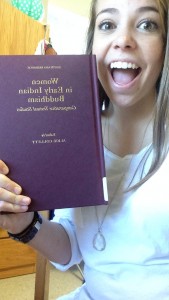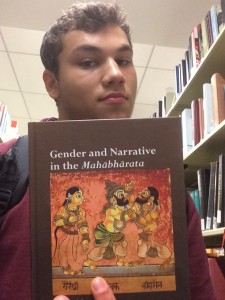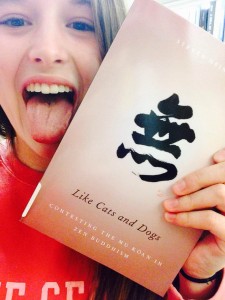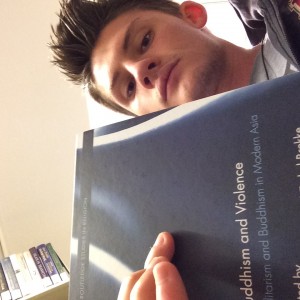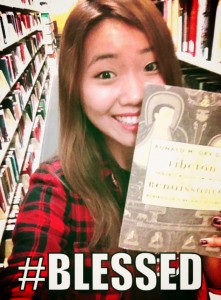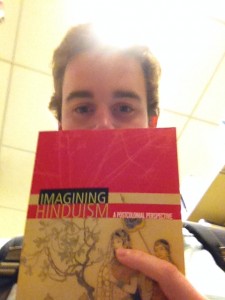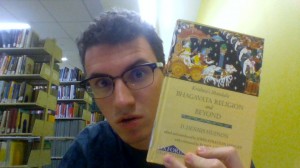Lopez, Donald S. Buddhism & Science : A Guide For The Perplexed / Donald S. Lopez, Jr. n.p.: Chicago : University of Chicago Press, 2008., 2008. Lafayette Library Catalog. Web. 26 Sept. 2014.
Initially, I was searching for Hinduism and its ethics in the modern world. I wanted to know how Hindus treat and view many modern political issues that are frequently debated upon in the United States. I searched the Lafayette Library for “Hinduism” and “Ethics.” That search gave me thousands of results. So then I narrowed it down to Hinduism and euthanasia. This search helped a lot and I fund a book that I thought would be incredibly helpful. But I couldn’t find it. But in the same section that it was supposed to be in, I found another book that is fairly interesting.
It is titled Buddhism and Science and it is written by a man named Donald Lopez. Just doing some brief research on Lopez, I found that he is a renowned professor of Buddhist and Tibetan Studies at the University of Michigan. Upon a quick skimming of some of the chapters, I found that this book is very helpful and informative of how buddhist practices are supposedly somewhat in tune with science. Some buddhists claim that the Buddha had predicted the theory of relativity and Lopez’s mission is to find out how, if this is true, he did so, and how this can be related to the argument of relevancy of religion. Lopez is also interested in the discourse that has existed over the past few centuries between Science and Buddhism.
I am sure that there is more to this book than I have discovered at a quick glance. I think that this can be very helpful for me in writing my essay because it shows a different perspective on Buddhism than we normally see in class readings. There are some more interesting books on the same shelves where I found this book, and I am sure that I will find those useful while writing my essay. 
